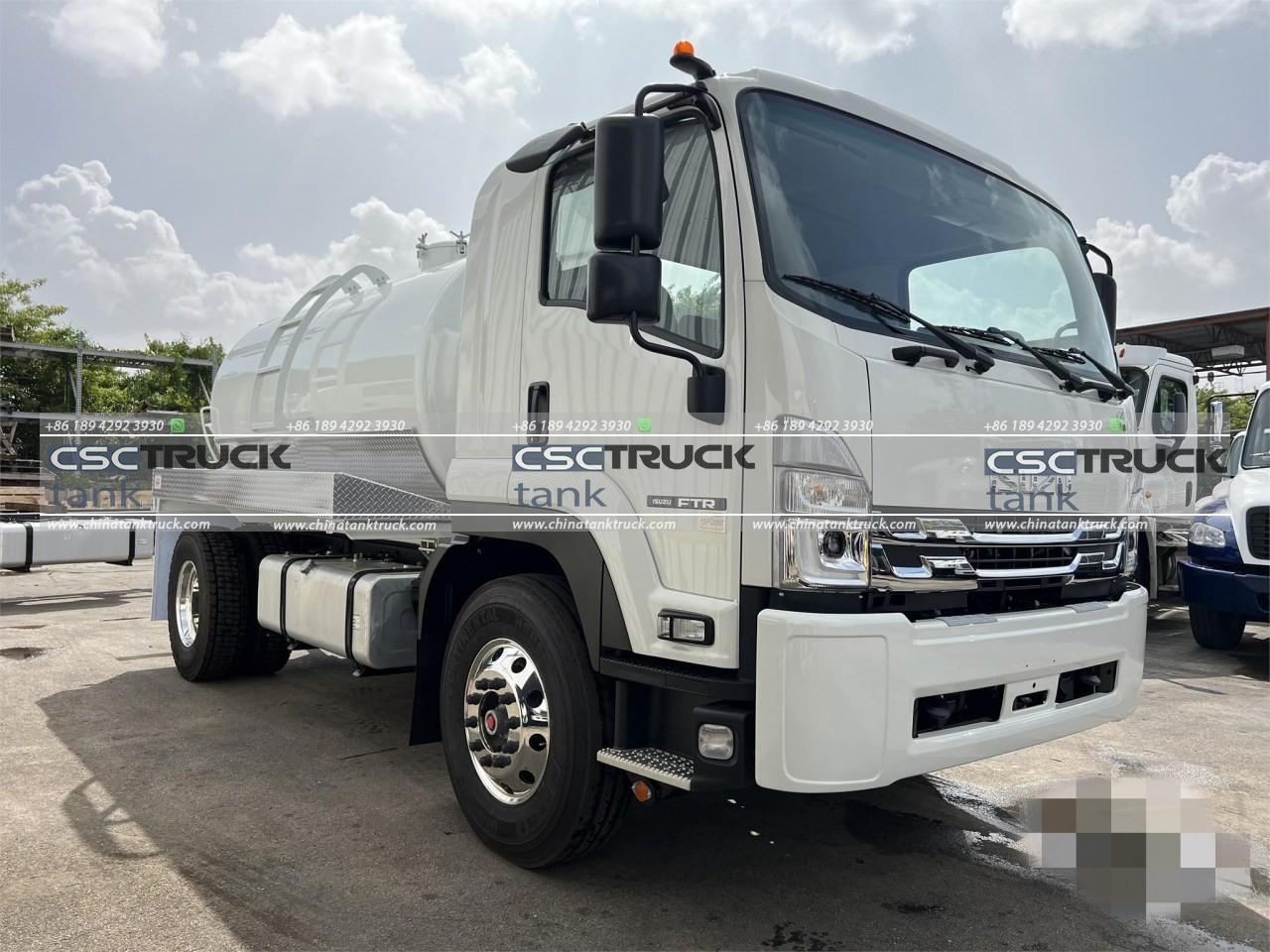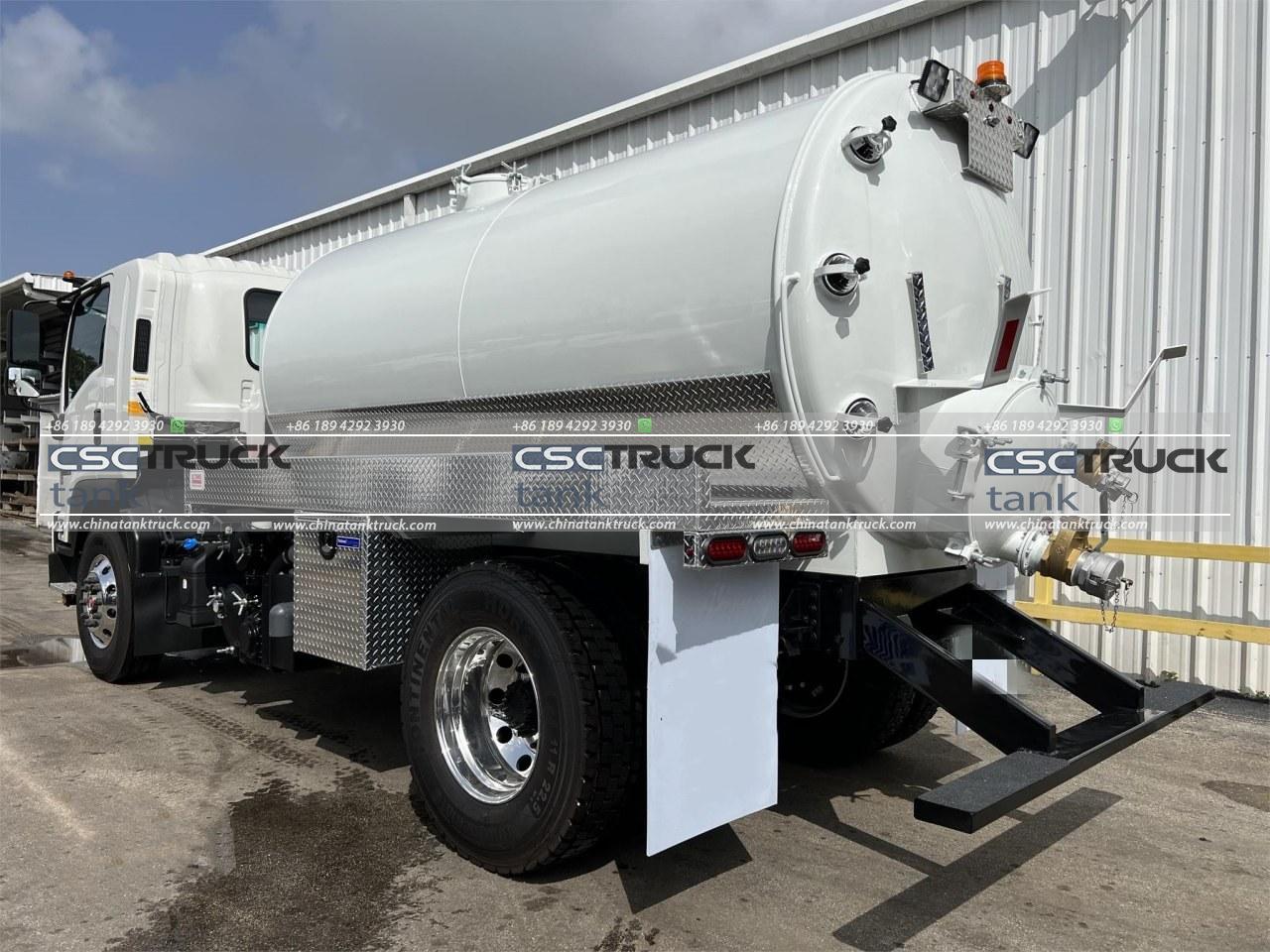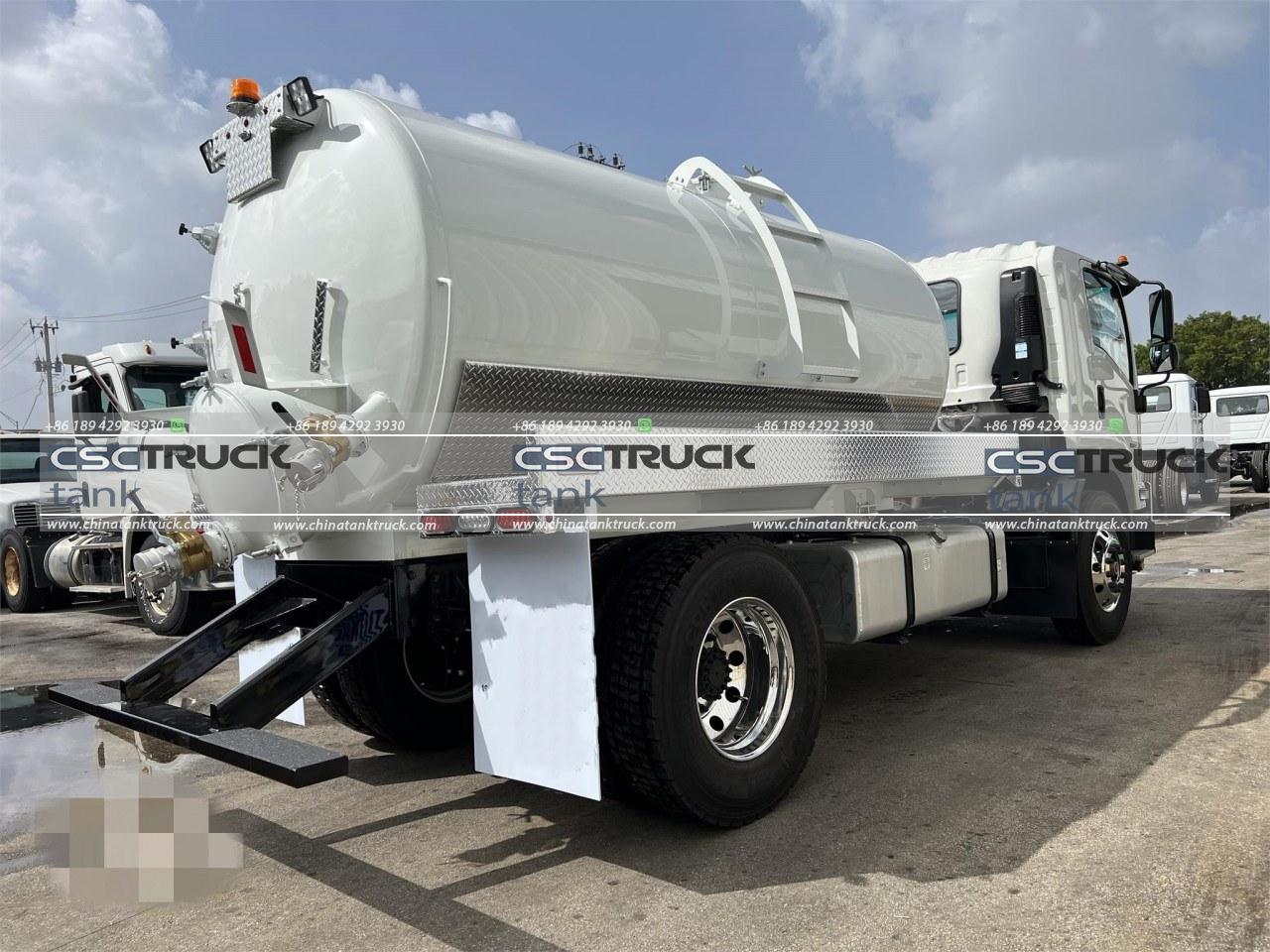What is the Most Common Water Tank?
Water tanks are essential components in residential, commercial, and industrial settings, providing a reliable source of water storage for various needs. From household usage to agricultural and industrial applications, water tanks play a critical role in ensuring that water is available when needed, particularly in areas where water supply is intermittent or unreliable. Among the many types of water tanks available, certain designs and materials are more commonly used due to their versatility, cost-effectiveness, durability, and ease of maintenance. This article explores the most common types of water tanks, their uses, advantages, and why they dominate the market.
Polyethylene Water Tanks: The Ubiquitous Choice
Polyethylene, commonly referred to as plastic, is the most common material used in water tanks today. These tanks, often identified by their cylindrical shapes and sometimes vibrant colors, are ubiquitous in residential and commercial settings. The popularity of polyethylene tanks can be attributed to several key factors.
1. Cost-Effectiveness: Polyethylene tanks are relatively inexpensive compared to other materials like concrete or steel. The manufacturing process, which involves rotational molding, allows for the mass production of these tanks at a lower cost. This makes them an attractive option for consumers looking for affordable water storage solutions.
2. Durability and Longevity: Despite being lightweight, polyethylene tanks are remarkably durable. They are resistant to corrosion, a common issue with metal tanks, and do not crack easily like concrete tanks. Polyethylene’s inherent flexibility allows these tanks to withstand minor impacts and external pressure without sustaining significant damage.
3. UV Resistance: Many polyethylene water tanks are treated with UV stabilizers, which protect them from the damaging effects of prolonged sun exposure. This UV resistance is particularly important in regions with high levels of sunlight, ensuring that the tank’s structural integrity is maintained over time.
4. Versatility in Sizes and Shapes: Polyethylene tanks come in a wide range of sizes and shapes, from small 200-liter tanks suitable for household use to large 50,000-liter tanks used in industrial settings. Their lightweight nature also makes them easier to transport and install, even in difficult-to-reach locations.
5. Ease of Maintenance: Maintaining a polyethylene water tank is relatively straightforward. The smooth interior surface of these tanks discourages the buildup of algae and other contaminants, making cleaning easier. Additionally, they are resistant to many chemicals, which means they can store a variety of liquids beyond just water.
Given these advantages, it is no surprise that polyethylene water tanks are the most common choice for a wide range of water storage needs.

Steel Water Tanks: The Industrial Standard
Steel water tanks, particularly those made from galvanized steel, are another common type of water tank, especially in industrial and agricultural settings. While not as ubiquitous as polyethylene tanks in residential areas, steel tanks are favored in scenarios where durability and large capacity are paramount.
1. Strength and Durability: Steel tanks are known for their exceptional strength. They can withstand significant external pressure and harsh environmental conditions, including high winds, heavy rainfall, and even seismic activity. This makes them ideal for large-scale applications where the tank’s structural integrity is critical.
2. Large Storage Capacities: Steel water tanks are often used in applications requiring large volumes of water storage, such as in agriculture, firefighting, and industrial processes. These tanks can be constructed in very large sizes, holding millions of liters of water if needed.
3. Longevity: When properly maintained, steel water tanks can last for decades. Galvanized steel tanks, in particular, are coated with zinc to prevent rusting, significantly extending their lifespan even in corrosive environments.
4. Customizability: Steel tanks can be customized to meet specific needs, including the addition of features like insulation for temperature-sensitive applications, internal linings for chemical resistance, and various inlet and outlet configurations.
However, steel tanks do have some drawbacks that limit their use in certain situations. They are heavy, making transportation and installation more challenging and costly compared to polyethylene tanks. Additionally, they require regular maintenance to prevent corrosion, particularly if the galvanizing layer is compromised.
Concrete Water Tanks: The Rural Solution
Concrete water tanks are another common type, particularly in rural or remote areas where transportation of large tanks is difficult. These tanks are often constructed on-site and can be either above-ground or underground, depending on the application.
1. Durability: Concrete tanks are extremely durable and can last for many decades with minimal maintenance. They are resistant to fire, wind, and most environmental conditions, making them a reliable choice for long-term water storage.
2. Large Capacity: Like steel tanks, concrete tanks can be built to hold very large volumes of water. This makes them suitable for agricultural use, irrigation, and as a water source in remote communities.
3. Insulation Properties: Concrete tanks offer excellent thermal insulation, which helps maintain a more constant water temperature. This is particularly useful in areas with extreme temperature variations.
4. Versatility in Installation: Concrete tanks can be constructed in a variety of configurations, including partially or fully buried to minimize their impact on the landscape. This makes them a popular choice in settings where aesthetics or land use are a concern.
The primary downside to concrete tanks is the cost and time associated with their construction. They require skilled labor to build and are often more expensive upfront than polyethylene or steel tanks. Additionally, they are susceptible to cracking over time, especially if not properly reinforced.

Fiberglass Water Tanks: The Specialty Option
While not as common as polyethylene, steel, or concrete tanks, fiberglass water tanks are used in specific applications where their unique properties are advantageous.
1. Corrosion Resistance: Fiberglass is naturally resistant to corrosion, making these tanks ideal for storing not only water but also chemicals and other corrosive liquids.
2. Lightweight: Fiberglass tanks are relatively lightweight compared to concrete and steel, making them easier to transport and install.
3. Customization: These tanks can be molded into a variety of shapes and sizes and can be reinforced with additional materials to meet specific needs.
However, fiberglass tanks are generally more expensive than polyethylene tanks and can be prone to damage from impacts or severe weather, which limits their use in some environments.
Conclusion
Among the various types of water tanks available, polyethylene tanks are the most common due to their cost-effectiveness, durability, and versatility. They dominate the residential and commercial markets, providing a reliable and affordable solution for water storage. Steel and concrete tanks, while less common, serve important roles in industrial and agricultural settings where large capacity and long-term durability are required. Fiberglass tanks, though used in more specialized applications, offer unique benefits in environments where corrosion resistance is critical.
Choosing the right water tank depends on the specific needs of the user, including the intended application, budget, and environmental conditions. Understanding the strengths and limitations of each type of tank can help consumers make informed decisions, ensuring that they select the most appropriate solution for their water storage needs.


